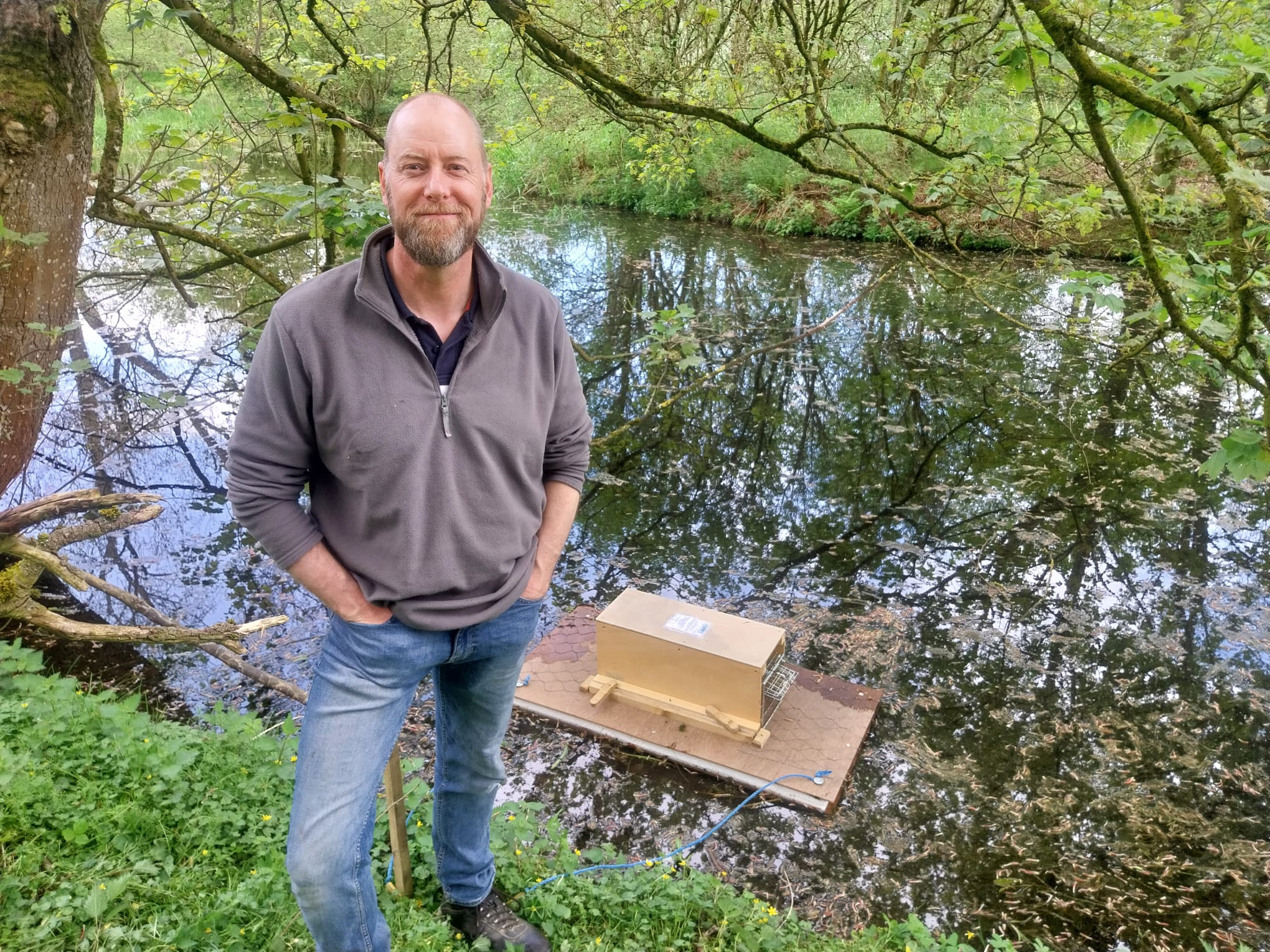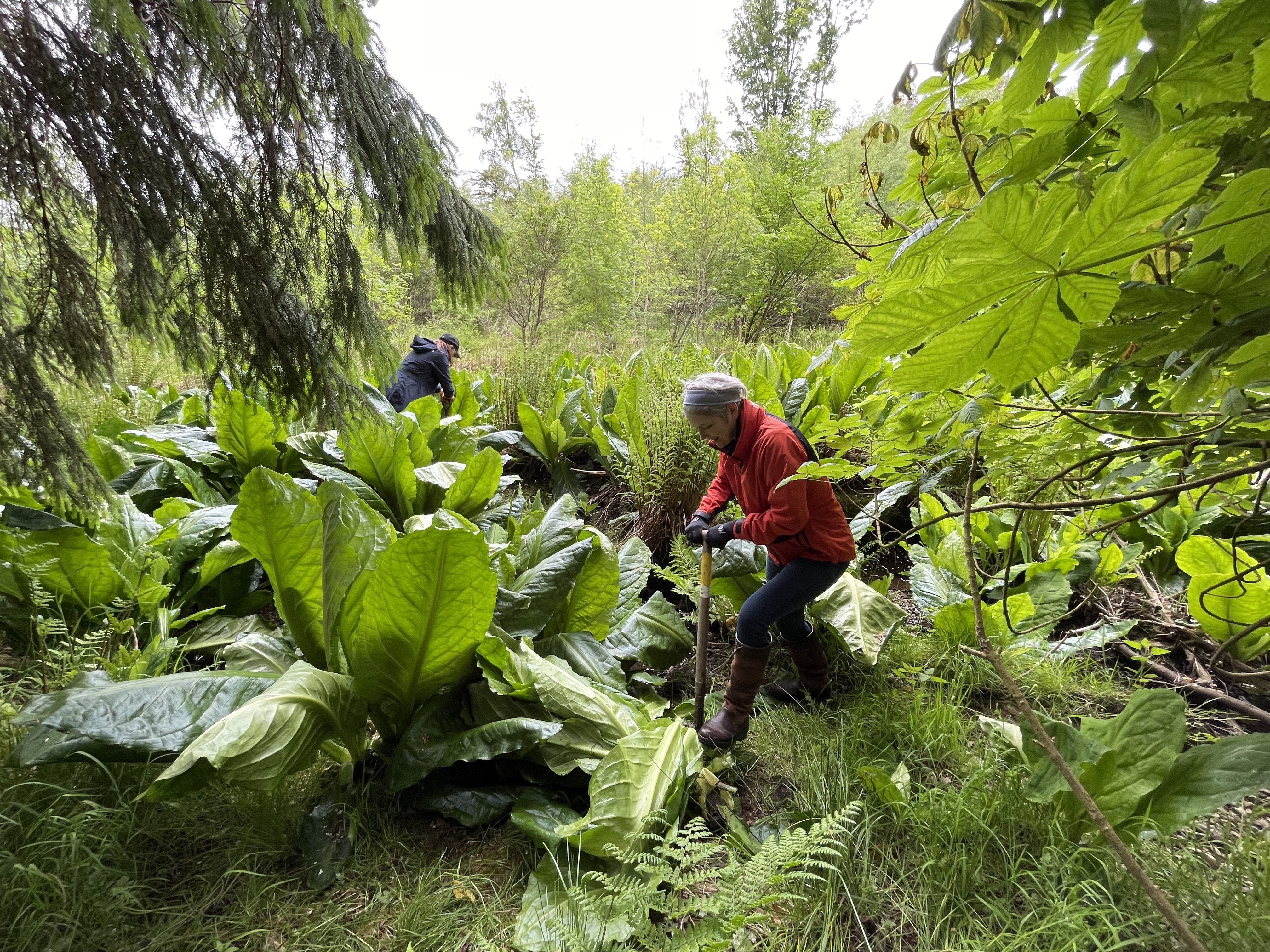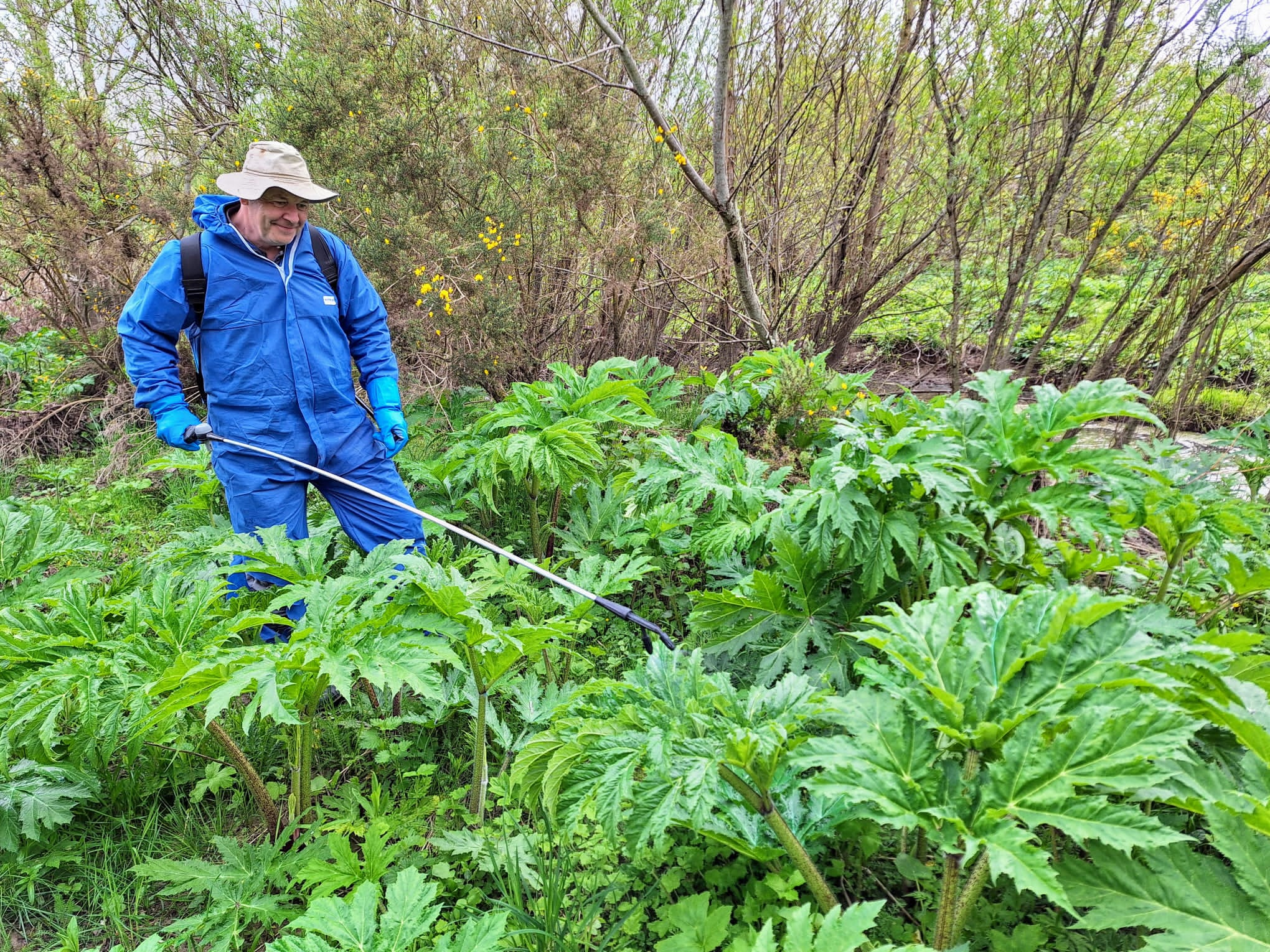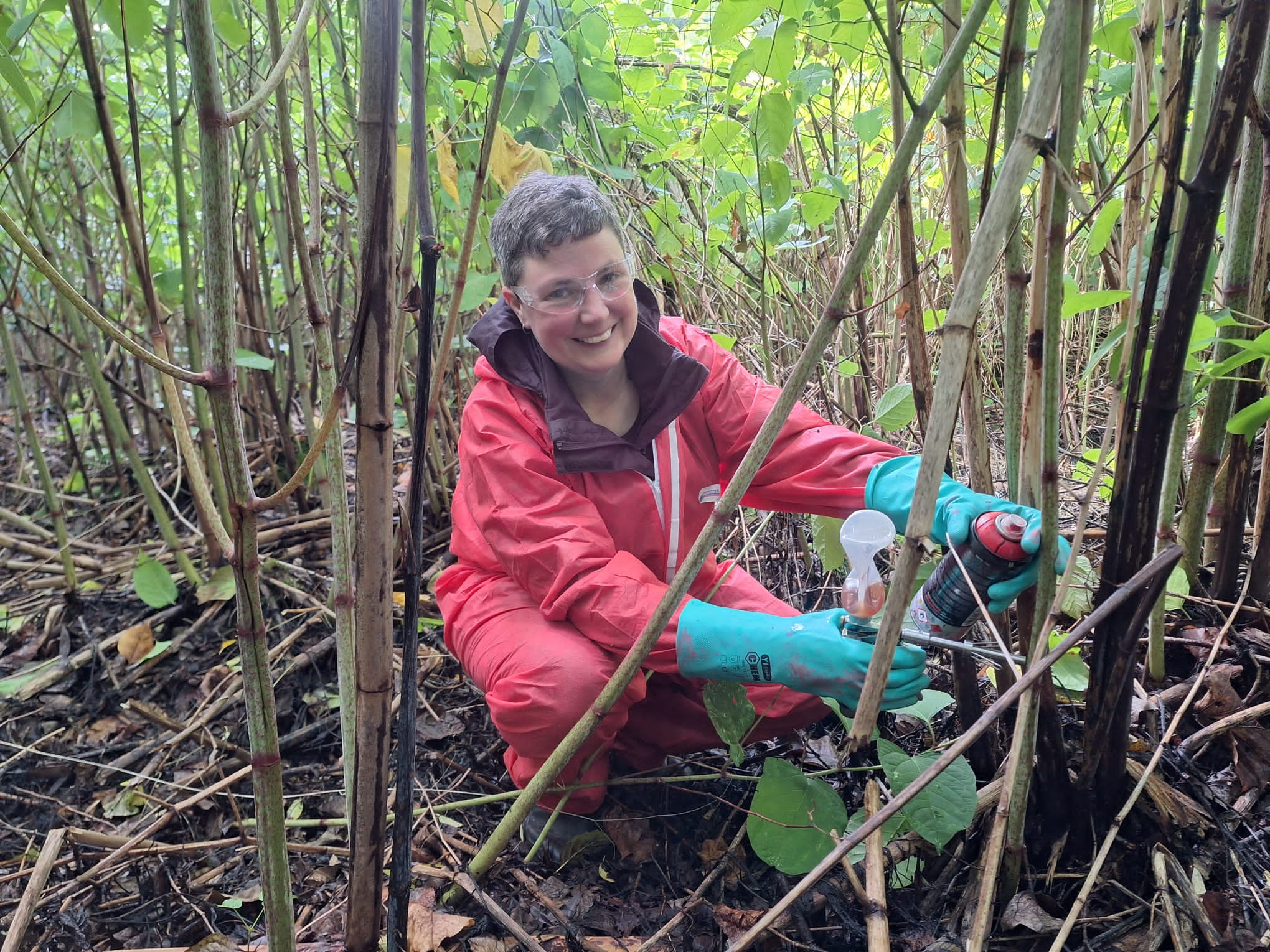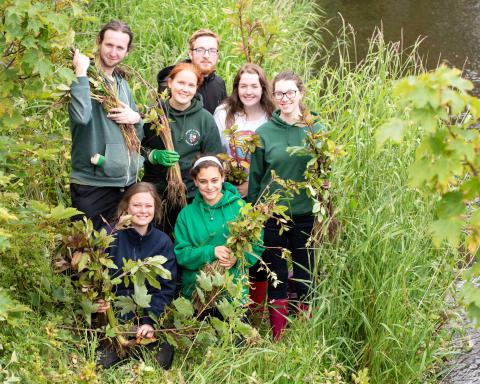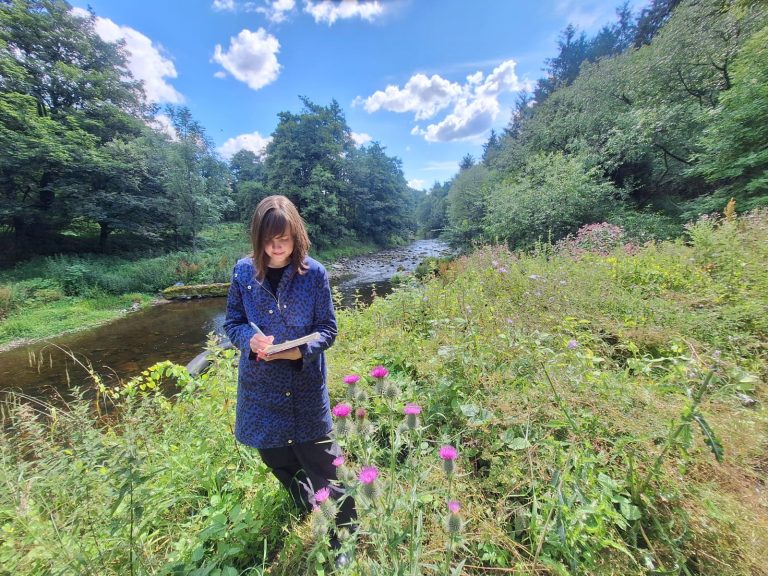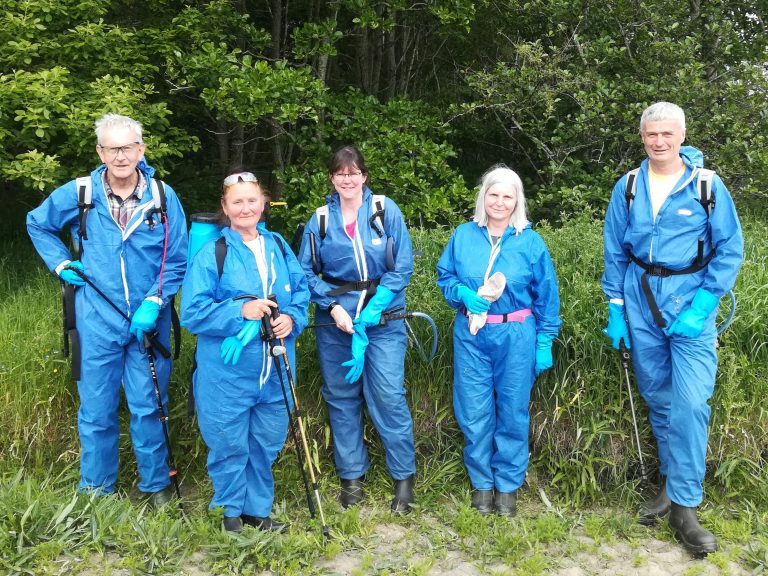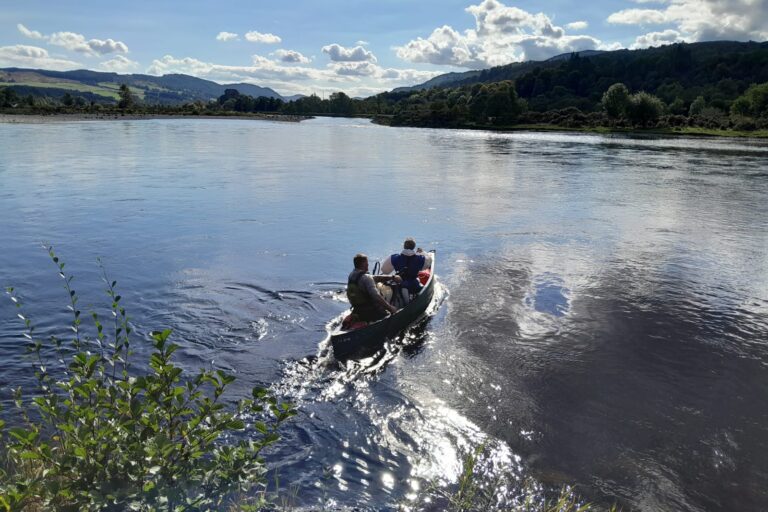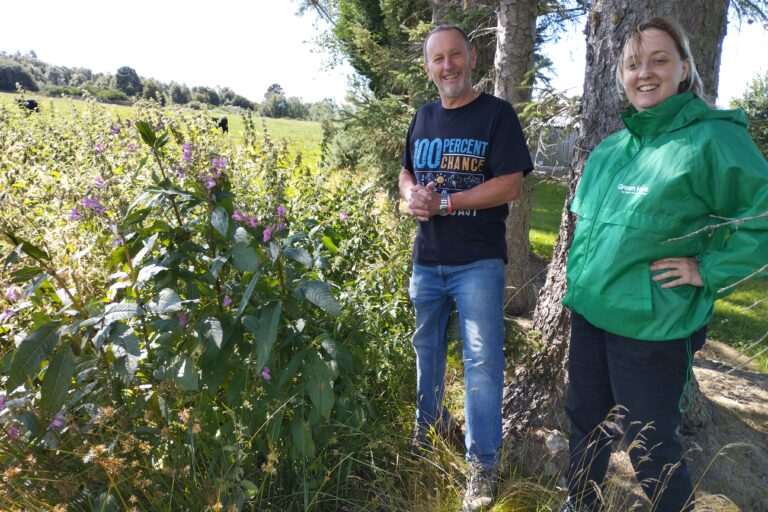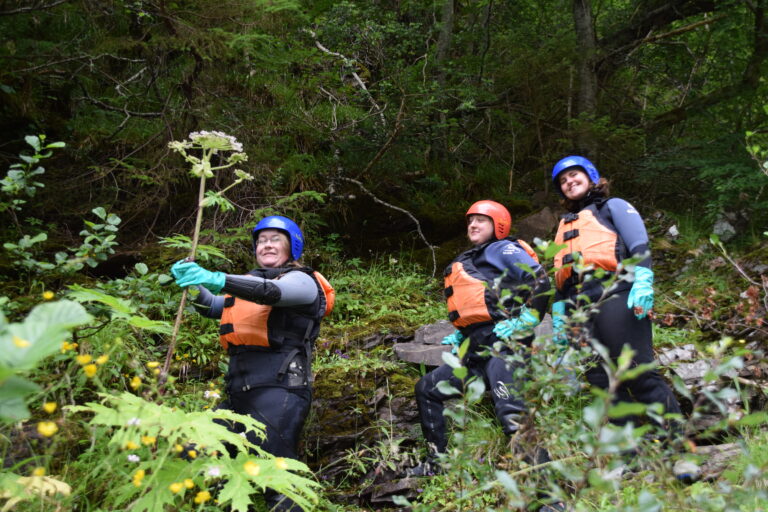Student volunteering
We’d be delighted to hear from students who want to volunteer with us in their free time. Our volunteering opportunities are flexible so it’s a great way to get experience around your studies, both in term time and in summer breaks.
Project seasonality means that opportunities are mostly available between April and October with volunteer days taking place during the week. American mink monitoring work has a longer season, but activity tends to drop off in mid-winter depending on both weather conditions and mink activities.
If you would be interested in a student placement, please visit our Student Volunteering page for further information. As with volunteer days, project seasonality means that we would only be able to offer opportunities between April and October.
